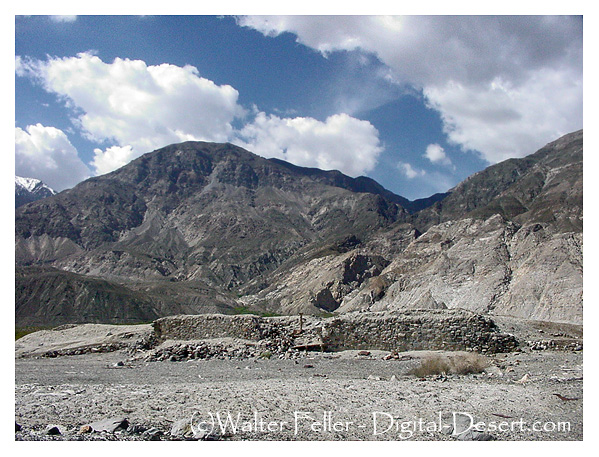--
Saline Valley
Conn Trudo Borax Works

Borate minerals were extracted here years before both the Eagle and Harmony Borax Works were in operation. In 1875 Conn and Trudo began processing operations continuing until 1907. Borax was shipped by wagon up the San Lucas Pass.
Conn A. Trudo Borax Works lie in Saline Valley, 18 miles north of Keeler. The firm controls about 700 acres, part of which is covered with a crust of crystallized tincal from 6" to 2' thick, which contains 90% borax. The crude material is dissolved in boiling water and drawn off in tanks, where the impurities settle and the borax crystallizes out. Conn & Trudo, of Big Pine, owners.
(from Report of the State Minerologist - California State Mining Bureau - 1896)
Borax
The Conn Trudo Borax Works was an important borax mining operation located in Saline Valley, California, which operated from 1875 until 1907. This operation extracted borate minerals, particularly tincal, from the salt flats of Saline Valley. The process involved collecting the crust of crystallized tincal, which was then dissolved in boiling water to purify and recrystallize the borax. The refined borax was transported via wagon up the San Lucas Pass, showcasing the logistical challenges of mining in such a remote area.The operation was situated about 18 miles north of Keeler and controlled approximately 700 acres. Some parts of this land were covered with a thick crust of borax, which was a significant source of this mineral at the time.
Saline Valley itself is a stark and beautiful location within Death Valley National Park, known for its salt flats and rugged mountain surroundings. The history of the area is rich with mining activity, not just for borax but also for salt, which was transported out of the valley via an aerial tramway constructed in 1911. This tramway, which was used to transport salt to Owens Lake, is a significant piece of industrial history and was once the steepest tramway in the United States.
Overall, Conn Trudo Borax Works was part of a broader narrative of resource extraction in California's desert regions, which played a crucial role in the economic and industrial development of the area during the late 19th and early 20th centuries. For those interested in the industrial history of the Western United States, the remnants of these operations provide a fascinating glimpse into the challenges and ingenuity of that era.